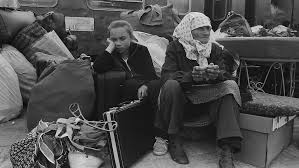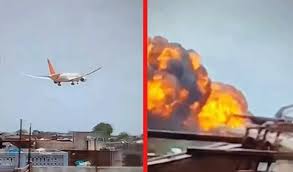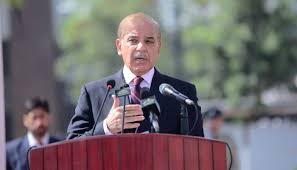Banished: Exhibition revisits communist Bulgaria’s expulsions of ethnic Turks

Sofia: An exhibition of the work of two Turkish photographers documents a dark chapter of Bulgaria’s history – the forced assimilation and deportation of its ethnic Turkish minority.
The Bulgarian Communist regime’s persecution of the country’s Turkish minority is highlighted at a photography exhibition, called “Banishment”, on view until July 20 in Sofia, part of the long-running Fotofabrika festival.
The exhibition features the work of two Turkish photographers, making a juxtaposition between two instances of expulsions by the regime, one of which is a widely recognised part of Bulgaria’s political history while the other is little known to the public.
Behic Gunalan, born in Istanbul in 1952 and a long-time photographer for Hurriyet newspaper, covered the seemingly sudden expulsion in 1989 of more than 300,000 Bulgarian Turks to Turkey, which was unprepared for the refugee wave.
The brutal action was one of the last major events connected to the Moscow-aligned Communist regime under Todor Zhivkov, which fell in November the same year.
The purge was often cynically referred to as “the Revival Process”, or colloquially as “the Great Excursion”, both deriving from the regime’s rhetoric.
Different historical projects – from exhibitions and books to documentaries – have described this move as a result of a decades-long strategy by the regime to assimilate the Turkish community rather than a spontaneous act of cruelty.
Bulgaria also forced its ethnic Turks and Muslims in general to change their names to Slavic ones given to them by the authorities. This practice peaked between 1984 and 1989. Before that, in the 1960s their religious and ethnic expression was strictly limited, to prioritise Socialist observances.
The exhibition in Sofia also shines a light on the photography of Bulgaria-born Turkish photographer Süleyman Akman, who documented lesser known expulsions in the late-1960s and 1970’s. This photograph is from the Bulgarian village of Topchii in 1969.
The exhibition also shows the lesser-known work of Süleyman Akman, born in the village of Glodzhevo, near Ruse, Bulgaria, in 1945.
His family moved voluntarily to Turkey in 1951. In 1969, while traveling through Bulgaria on his way to a student camp in West Germany, Akman stumbled upon an altercation between local Muslims and officials at a train station in Topchii, a village near Razgrad, and quickly documented it.
It became a long-running photography project of his; he shot other expulsions through the 1970s, waiting for arrivals at the Kapakule border checkpoint.
Reports on deportations from Bulgaria in the late-1960s and 1970s have been virtually unknown to the public until now. Akman’s photos from 1969 are being shown for the first time.
“Banishment” is part of a bigger, recently launched project called “Assimilation Archive”. The initiative was founded by Bulgarian journalist and poet Diana Ivanova and historian and critic Zeynep Zafer, a Bulgaria-born Turk whose family suffered from the repressive measures of the 1970s and the 1980s and who, after openly protesting, was imprisoned in 1985.
On the website of the project, other archival photos never shown before can be found. They include protests against the forced Bulgarianisation of people’s names – which also affected the Pomak minority – ethnic Bulgarians who had converted to Islam – and camps for political prisoners, in this case, Bulgarian Turks who opposed the repressive policies of the 1980s.
In 2012, Bulgaria officially recognised the events from 1989 as ethnic cleansing, but it is rarely mentioned or commemorated by the country’s political class.
Different visual projects over the years have highlighted lesser known stories of repression during the Communist era, such as the compulsory labour units to the army, another example of the state targeting different ethnic groups and others deemed “untrustworthy”.
The exhibition is located in a space in Sofia’s Shooting Range area near South Park on “Bulgaria” boulevard 1.





